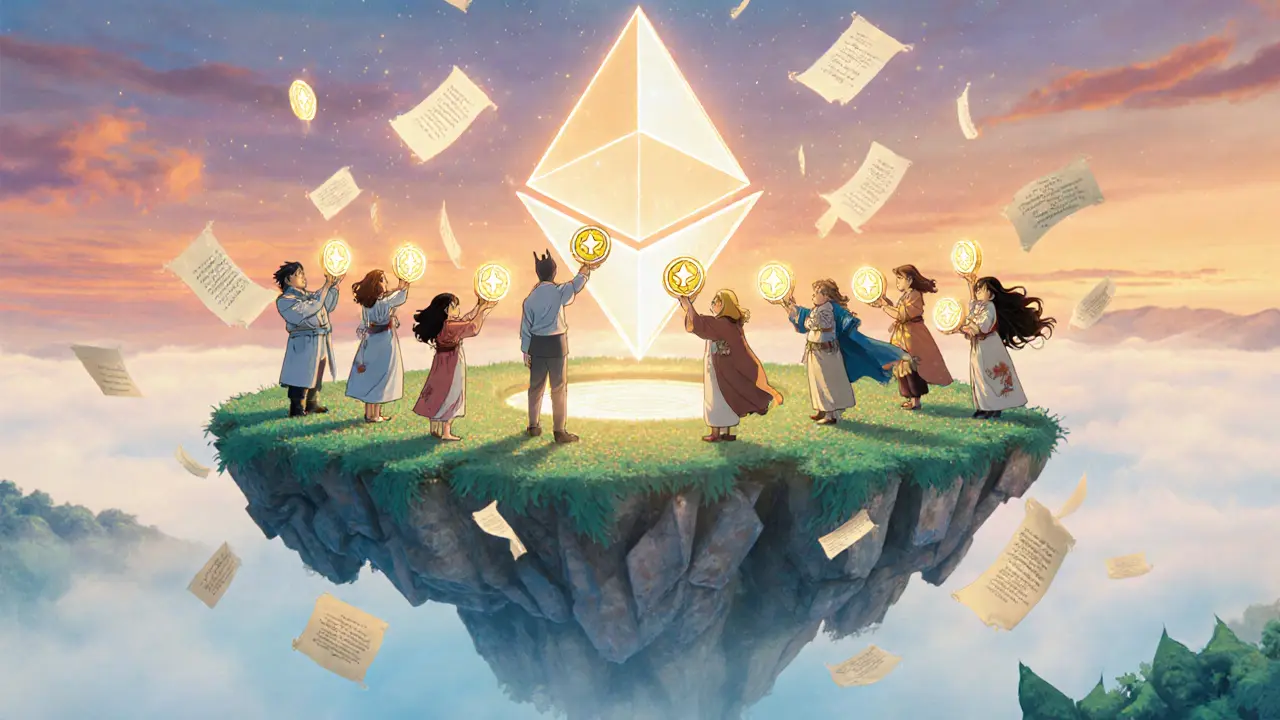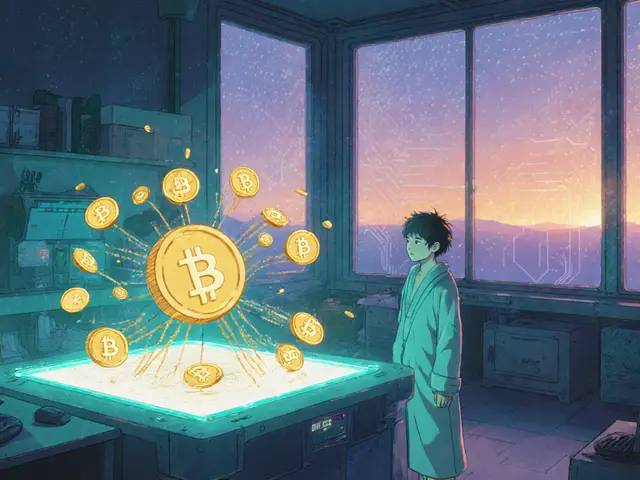Blockchain Governance: How Decentralized Networks Make Decisions
When you hear blockchain governance, the system of rules and processes that decide how a blockchain network changes over time. Also known as decentralized governance, it's what keeps networks like Bitcoin and Ethereum alive without a CEO or board of directors. No single company owns these systems. Instead, the people who use them—miners, developers, token holders, node operators—decide together what changes happen. That’s not easy. How do you get thousands of strangers to agree on upgrading software? Who gets to vote? What if someone disagrees? These aren’t theoretical questions. They’re daily challenges in every major crypto network.
On-chain voting, a method where token holders cast votes directly on the blockchain is one way. Projects like Cosmos and Tezos use it to let users approve protocol upgrades automatically. But it’s not perfect. Big holders can dominate votes, turning democracy into plutocracy. That’s why some networks use off-chain governance, decisions made through forums, GitHub, and community calls—like Bitcoin’s model. Here, developers propose changes, miners signal support, and users run the software they trust. No formal vote. No tokens needed. Just influence, reputation, and code.
Then there’s blockchain protocol, the underlying rules that define how a network operates. These rules determine everything: how blocks are added, how fees are set, how hard forks happen. When a protocol change is proposed, it can split the network. Remember Bitcoin Cash? That was a hard fork from Bitcoin because a group of users believed the block size limit needed to change. The original chain kept going. The new one did too. Both survived. That’s governance in action: not by decree, but by choice.
And it’s not just about code. Real-world laws play a role too. Pakistan’s 2025 mining rules, Morocco’s underground crypto payments, and El Salvador’s Bitcoin legal tender all show how crypto regulation, government policies that shape how blockchain is used in a country can force networks to adapt—or be ignored. A blockchain might be decentralized, but its users still live under national laws. That tension shapes real decisions.
Some networks try to automate governance with AI or economic incentives. Others rely on community trust. A few fail quietly, like Shido DEX or KodexPay, where no one cared enough to govern—and the project died. Governance isn’t a feature. It’s the foundation. Without it, even the most advanced tech turns into digital dust.
Below, you’ll find real-world examples of how governance plays out—from the technical debates in P2P networks to the legal battles in countries like Costa Rica and Afghanistan. You’ll see how airdrops, exchange rules, and mining laws all tie back to one thing: who gets to decide what happens next.
DAO Governance Token Models Explained: How Voting Power Works in Decentralized Organizations
Governance tokens let token holders vote on decisions in decentralized organizations. Learn how token-based, reputation, and hybrid models work, the risks of plutocracy, and how to start participating in DAO voting.





